The Issues of Studying K. G. Paustovsky’s Writings in the Works of N. A. Demidova and Her Apprentices: in Commemoration of the Centenary of the Birth of the Academic Educator
Author(s)
Alla M. Antipova, Professor, Doctor of Sciences (Pedagogy), Professor of the Department of Literature Teaching Methods, https://orcid.org/0000-0002-8820-2728, Institute of Philology, Moscow Pedagogical State University
1 Malaya Pirogovskaya St, Moscow, 119435, Russia, tel: +7 (499) 2465712, This email address is being protected from spambots. You need JavaScript enabled to view it.
Abstract. Introduction. This article in commemoration of the centenary of the birth of N. A. Demidova (1923–2006), an outstanding academic educator, presents the analysis of studying writings by K.G. Paustovsky at school, which is the core of the scientific and methodological research of N.A. Demidova and her apprentices, Prof. I.V. Sosnovskaya and Prof. L.A. Krylova, prominent experts in methods of teaching literature. The author aims to gain newfound relevance of valuable teaching and learning ideas pertinent to contemporary goals of instruction and education; to ensure continuity in adoption of basic methods and techniques for working with K.G. Paustovsky’s writings as well as of ways to organize students’ activities; and to highlight original teaching and learning solutions.
Materials and Methods. The main object of the research is the scientific and methodological legacy of N.A. Demidova and works of her apprentices (I.V. Sosnovskaya and L.A. Krylova) dedicated to the issues of studying K. G. Paustovsky’s writings at school. The following re- search methods were used: generalization of teaching experience; comparative analysis of programs, textbooks on literature in order to establish the composition of K.G. Paustovsky’s writings and the orientation of their study; interpretation of scientific literature on the methodological legacy of N.A. Demidova. K.G. Paustovsky’s writings and the orientation of their study; interpretation of scientific literature on the methodological legacy of N.A. Demidova.
Results. Analysis of works by N.A. Demidova dedicated to studying K. G. Paustovsky’s writings at school suggests that the scholar is all about growth and improvement of best traditions of national methods (V.P. Ostrogorsky, M.A. Rybnikova, V.V. Golubkov, et al.). The academic educator defined significant guidelines for a literature class being the lesson in aesthetic experience and emotional development of students; for correspondence of the teaching manner to the basic mood of a studied literary piece; and for setting the main objective of a literature class on a reflective reading, active imagination, and deep comprehension of the read. The methodology of studying K.G. Paustovsky’s prose proposed by N.A. Demidova and I.V. Sosnovskaya is a well-balanced composition of traditional (dramatic reading, appeal to art reproduction of landscape painters, vocabulary analysis, verbal painting, comparative analysis, landscape sketching, etc.) and new and updated (conceptual analysis, word portrayal, analysis of titles, etc.) methods and practices of studying literary writings. Quite attractive for the contemporary method is the idea of ‘empathetic dialogue’ (L.A. Krylova) as a kind of spiritual communication in the literature class.
Conclusion. This update of a unique skill for studying K. G. Paustovsky’s writings as described in the research by N.A. Demidova and her apprentices is meant to help today’s teachers in solving the vital issue of developing a creative reader with mature reproductive imagination, associative thinking, and aesthetic sense.
Keywords: N.A. Demidova, K.G. Paustovsky, moral and aesthetic education, reader-student, creative reader, traditions, analysis, extracurricular reading
For citation: Antipova A.M. The Issues of Studying K. G. Paustovsky’s Writings in the Works of N.A. Demidova and Her Apprentices: in Commemoration of the Centenary of the Birth of the Academic Educator. Pedagogicheskiy IMIDZH = Pedagogical IMAGE. 2023; 17 (4): pp. 482-496 (In Rus.). DOI: https://doi.org/10.32343/2409-5052-2023-17-4-482-496
DOI: https://doi.org/10.32343/2409-5052-2023-17-4-482-496
UDС: 372.882






